Test Drive of Porsche 911 Carrera S Cabriolet (991 Early Model)|Insights Gained by Comparing with Previously Driven 991 Early Models
公開日:2022.04.06
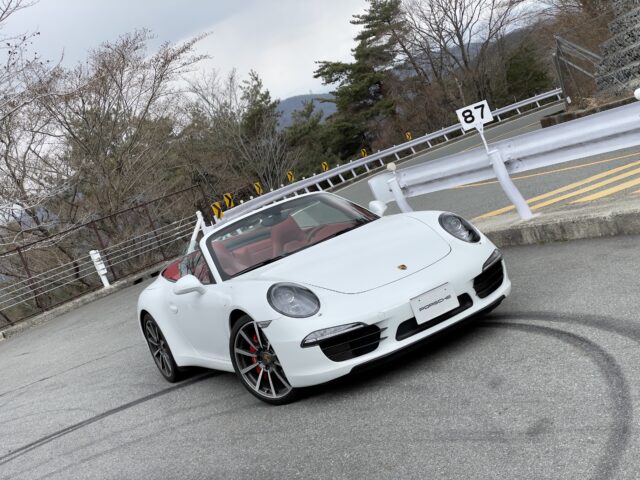
コンテンツ
Eleven 991 Early Model Grades Reported So Far
So far, the 991 early models I have reported on this blog are as follows. I’ve experienced as many as 11 different grades. I believe very few people in the world have compared this many 991 early models not just on short city drives but on winding roads like I have (laughs).
- Carrera 4S
- Carrera 4 GTS Cabriolet
- Carrera GTS Cabriolet
- Targa 4S
- Carrera
- Carrera 4 GTS
- Turbo
- Targa 4 GTS
- Carrera S Cabriolet
- Carrera S
- GT3
This time, I had the opportunity to test drive the Carrera S Cabriolet. Although it overlaps with previous experiences, this particular car does not have PCCB brakes.
So, while this is a test drive report of the Carrera S Cabriolet, I want to focus on the differences in options and grades in this report.
Carrera S Cabriolet
This particular car was purchased by the husband of my wife’s friend as his first Porsche.
It is a 991 early model Carrera S Cabriolet. Originally, this car had just over 20,000 km on the odometer, but the exhaust, suspension, and wheels had been replaced with aftermarket parts. However, since it was in excellent condition, he restored everything back to stock before purchasing it.
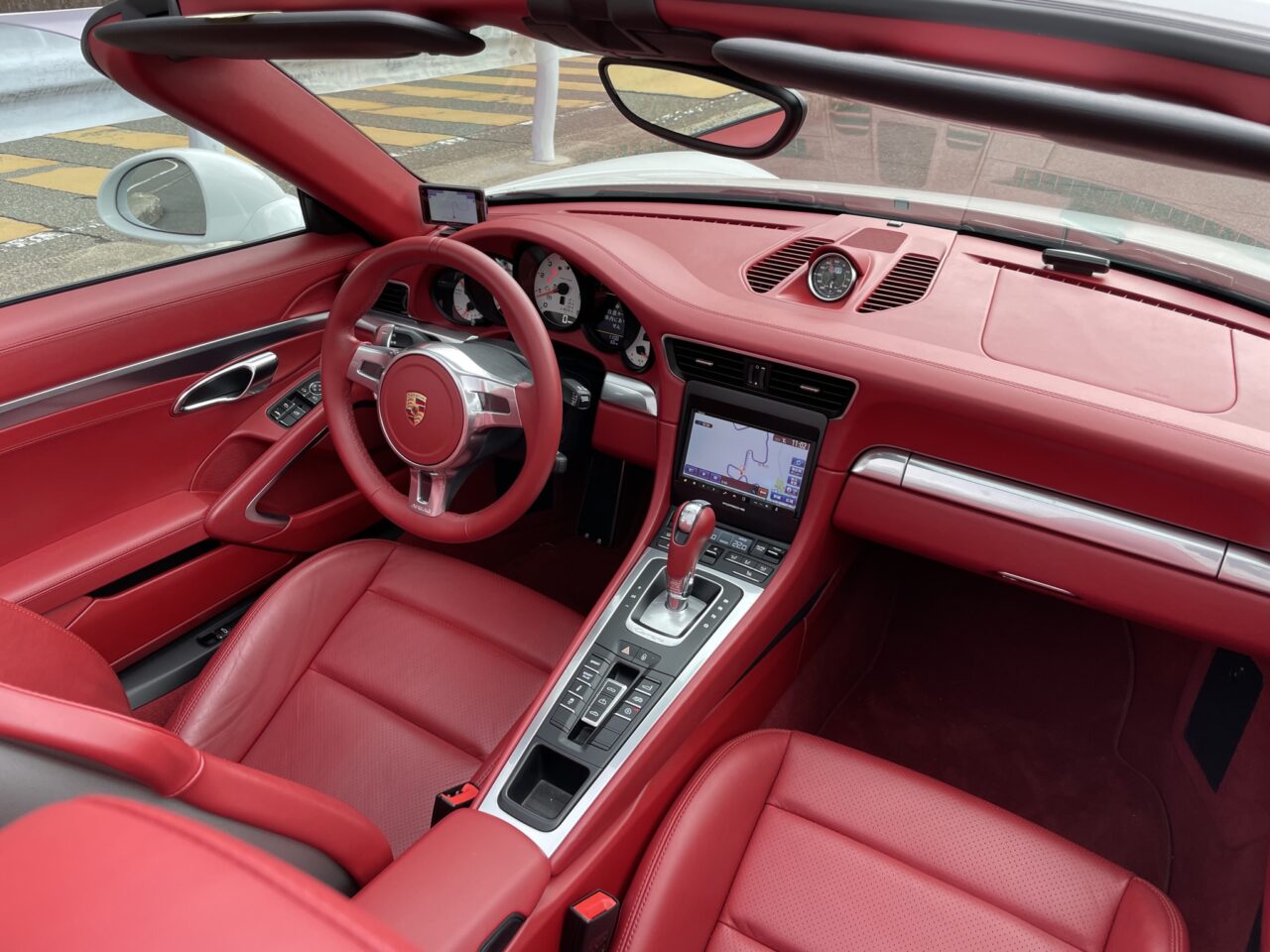
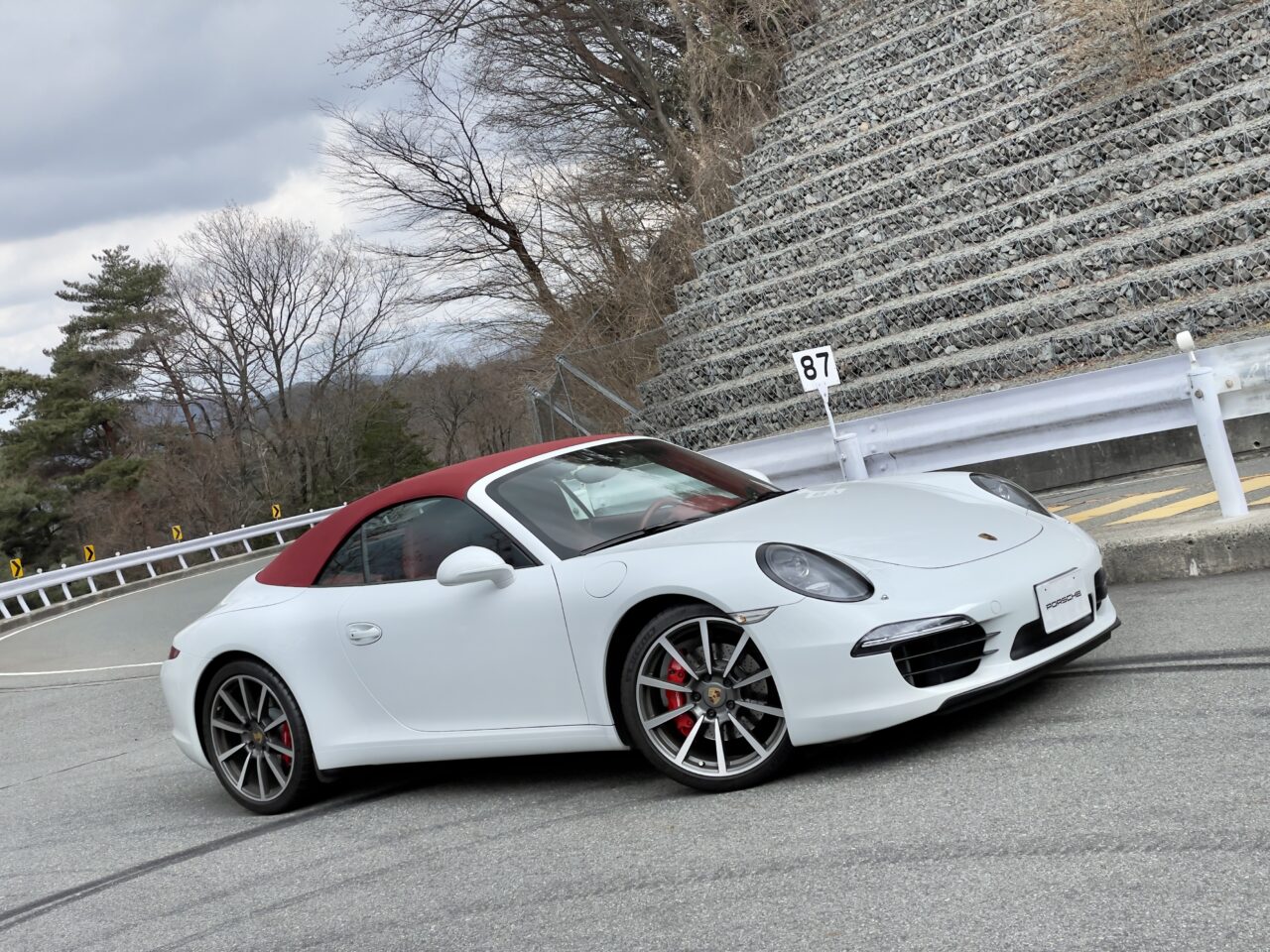
By the way, I have driven and reported on quite a number of 991 early models, so please refer to those articles for more details.
Analyzing Differences While Driving the Carrera S Cabriolet Compared to Other Grades
Engine
When you start the engine and begin driving, the 3.8-liter naturally aspirated engine pushes the car forward with ease even at low RPMs. In the frequently used low to mid-range RPMs, the power difference compared to the GTS is hardly noticeable.
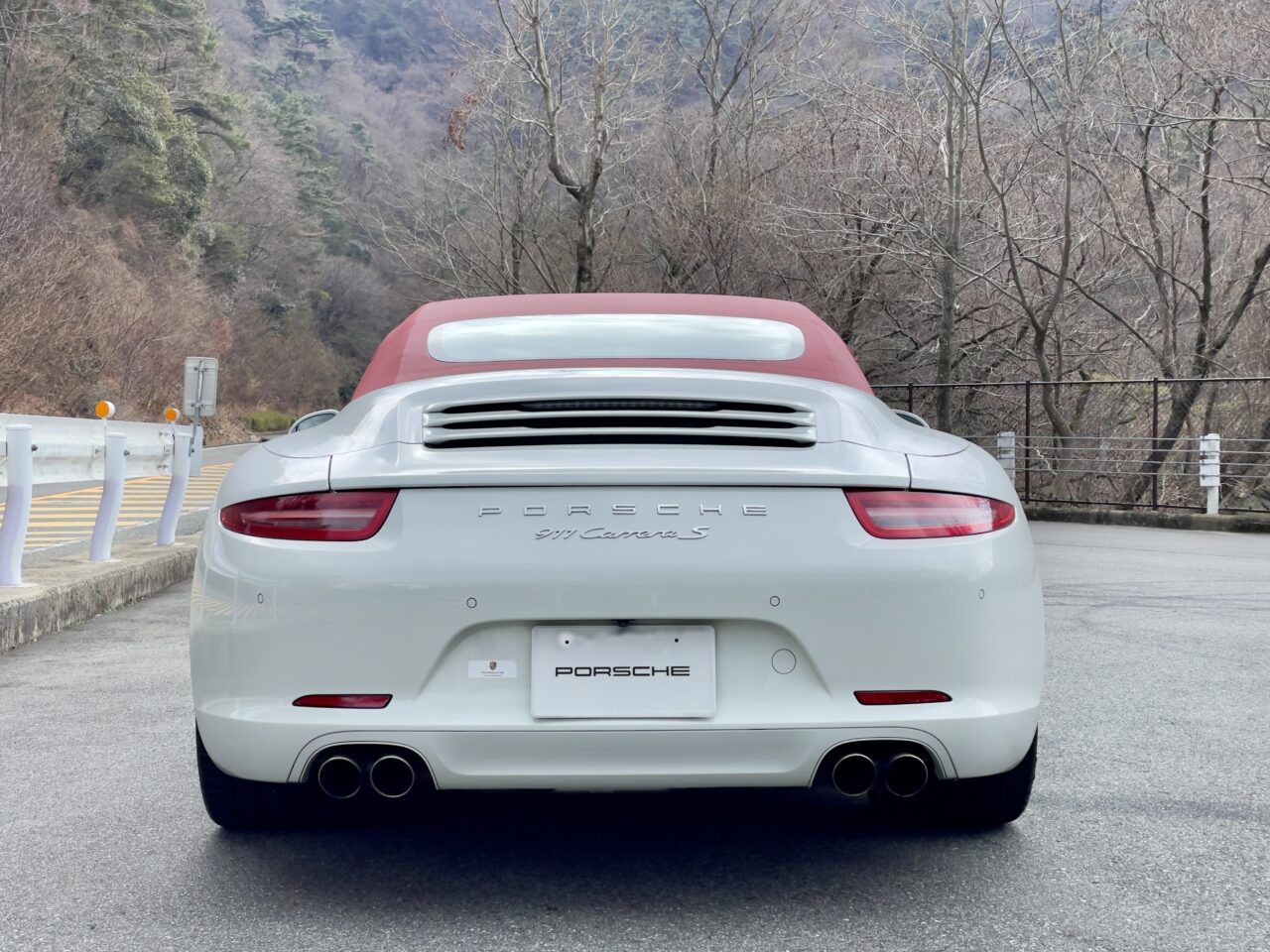
By contrast, the 3.4-liter engine in the Carrera sometimes feels a bit lacking in torque at low speeds compared to the S engine. Therefore, in stop-and-go city driving, you tend to press the accelerator a bit more.
On the other hand, the Carrera’s engine lets you confidently push it hard even on winding roads. Being able to rev it freely on Japan’s smaller winding roads is a major appeal.
Suspension
This Carrera S Cabriolet feels very good overall in terms of suspension. When restoring it to full stock, the suspension was replaced with new parts, which may explain why it feels so well planted yet supple in ride comfort.
Among the many 991 early models I’ve driven, I think the Carrera S Cabriolet offers one of the best rides. Being an open-top body, it can absorb vibrations and shocks moderately. The supple ride quality reminds me of a slightly more refined version of the 981 Boxster’s feel.
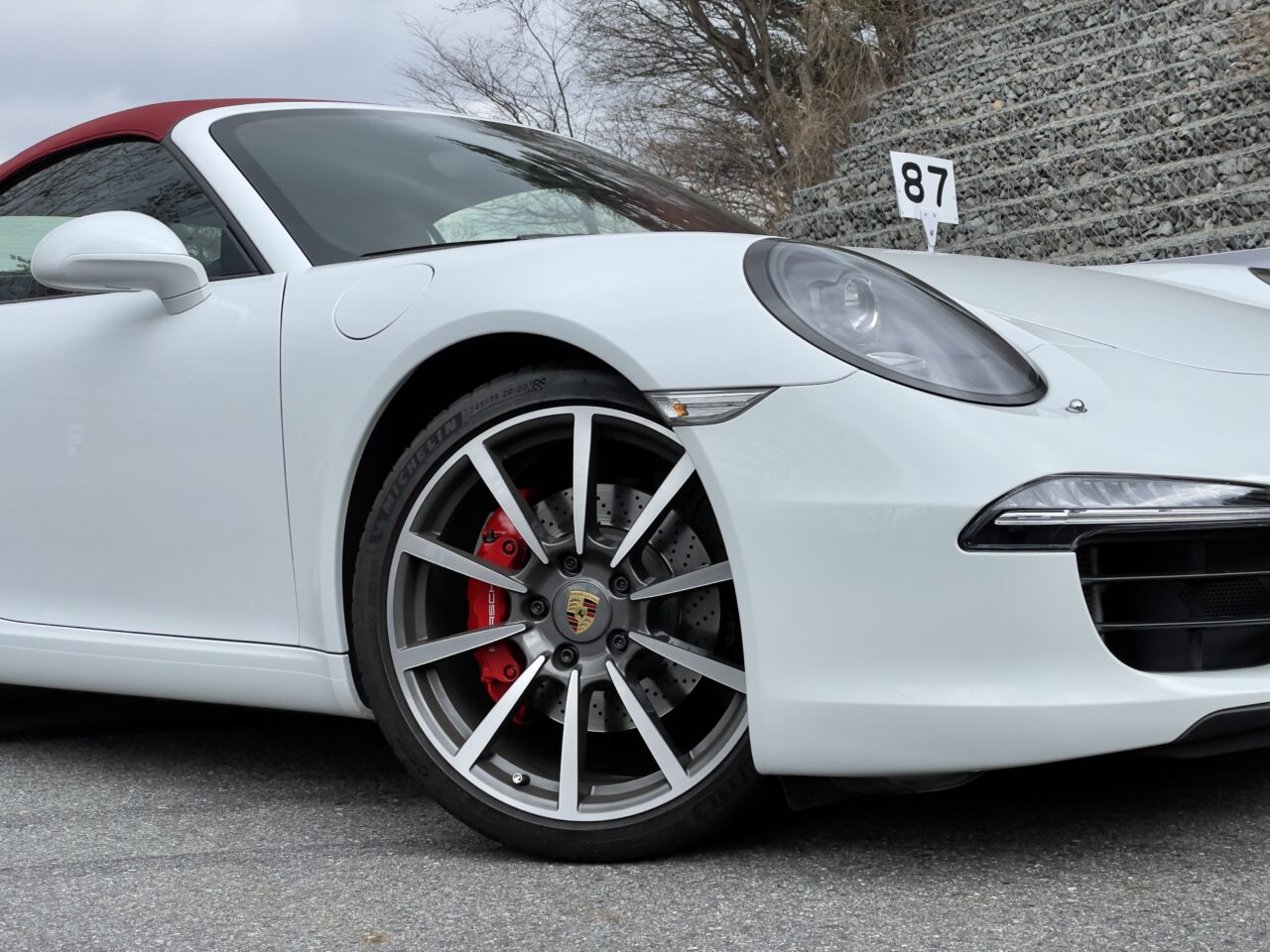
Also, this car and others equipped with classic wheels generally have better ride comfort. Whether this is due to the weight or wheel balance, I can’t say for sure, but I recommend 991s with classic wheels.
Engine Sound
Thanks to the sports exhaust system, the engine sound is quite bold. The naturally aspirated sound that varies with speed and engine load is superb. It’s no wonder the developers confidently call the 991 early model a ‘6-cylinder orchestra.’
Switching to Sport or Sport Plus mode brings out loud burbling sounds.
Listening to the burbling sound continuously can sometimes make you want to drive quietly, and some people may not like it. In that case, turning off the sports exhaust significantly reduces the burbling.
Note that the normal exhaust and the sports exhaust turned off may seem similar but are subtly different.
The normal exhaust sounds quieter and a bit more refined, while the sports exhaust off mode is slightly louder with emphasized low tones.
Brakes
Regarding the presence or absence of PCCB brakes, ride comfort is not much different. At higher speeds, PCCB-equipped cars have a more supple suspension feel and a flatter ride. At very low speeds, normal brakes feel a bit smoother.
And when it comes to braking performance, PCCB wins hands down. Anyone can tell the difference. Porsche’s normal brakes are already excellent, but PCCB takes it to another level. It’s impressive how little pedal effort is needed to slow the car effectively.
Handling
The car’s posture and feel in corners are flawless. It turns very naturally and confidently without any instability, which is very reassuring. The lack of a roof likely contributes to a lower center of gravity.
Even as a Cabriolet, it can drive very sportily, which might surprise those who have experienced open cars from other manufacturers. Porsche’s Cabriolets are uncompromisingly engineered for driving performance.
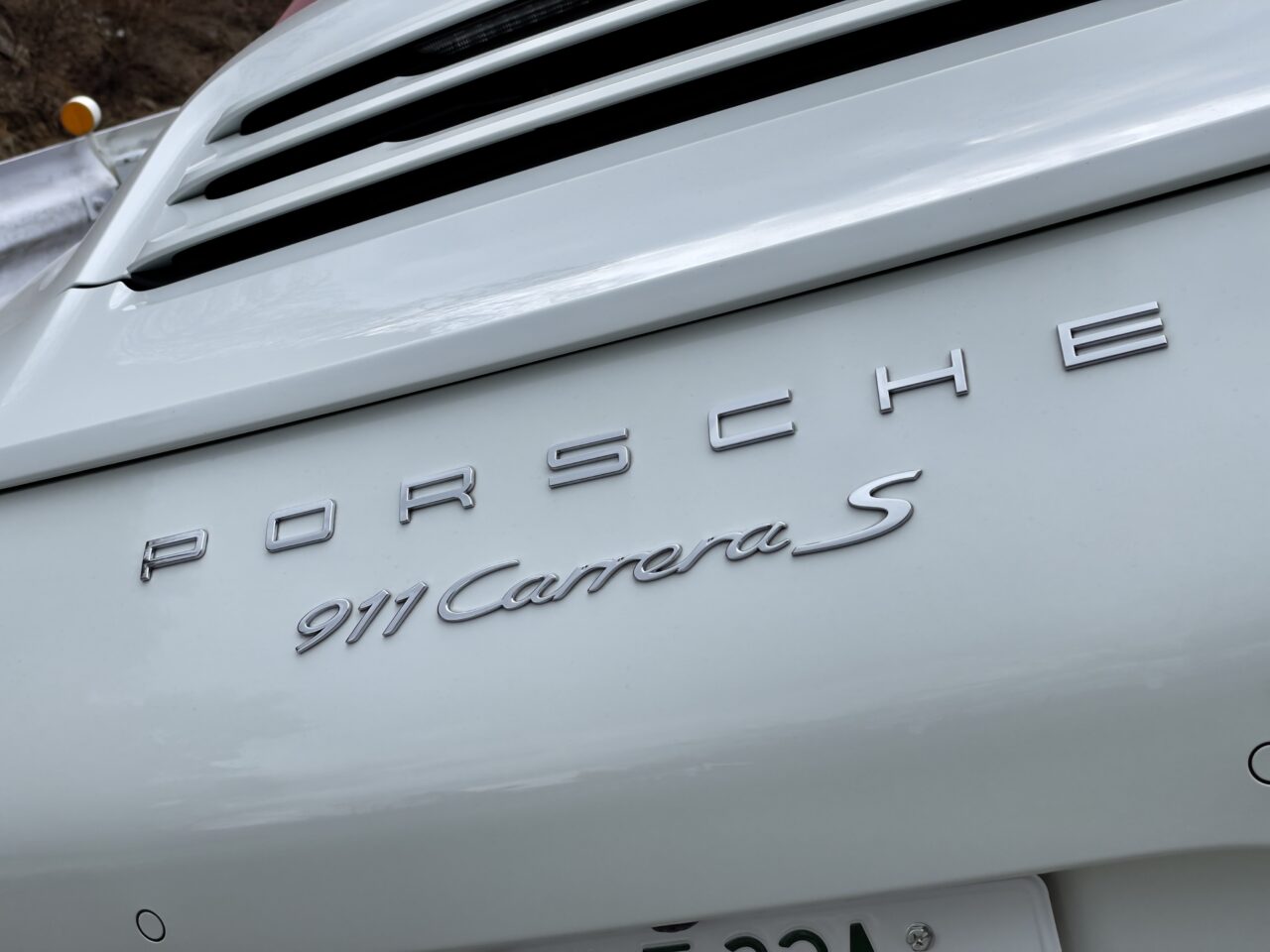
That said, when directly compared to the coupe, the sense of unity between car and driver is naturally stronger in the coupe, and the dialogue with the driver feels more precise.
This Carrera S Cabriolet is obviously rear-wheel drive, but personally, I don’t feel much difference compared to the all-wheel-drive Cabriolet. While the coupe clearly shows differences between rear-wheel and all-wheel drive, those differences seem less noticeable in the Cabriolet.
Ride Comfort, PDCC, PASM
Differences with PDCC-equipped cars are not very noticeable during casual, slow winding road driving. However, when PDCC Sport is turned on and you take tight corners energetically, the difference is very clear.
Body roll is significantly reduced, and lateral sway of passengers is minimized. For those who like to drive spiritedly and often have a passenger in the front seat, this option is definitely worthwhile.
Owners with PDCC report that ride comfort in city driving is also improved, with less sway and more comfort. It’s a recommended option for date cars or when frequently carrying a passenger.
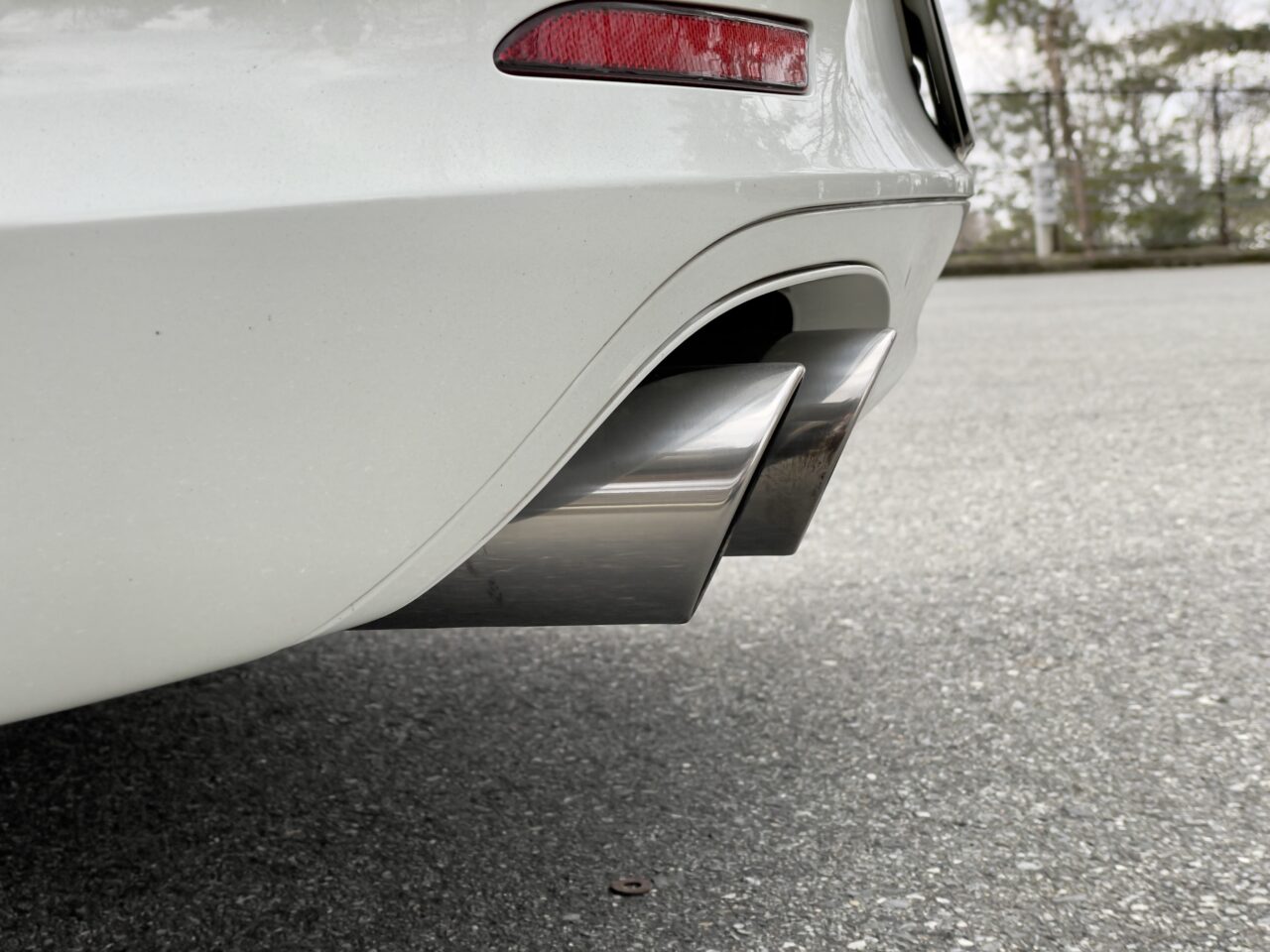
Regarding PASM, ride comfort is generally better compared to normal suspension. It also reduces body roll, so it improves the car’s performance. However, the charm of the normal suspension lies elsewhere. It makes it easier to feel weight transfer and enjoy cornering with a certain amount of body roll.
Experienced drivers will likely find the normal suspension more enjoyable to ‘control.’
| Continue reading → Summarizing the appeal and uses of each grade! |
このブログが気に入ったらフォローしてね!


Comment ( 0 )
Trackbacks are closed.
No comments yet.